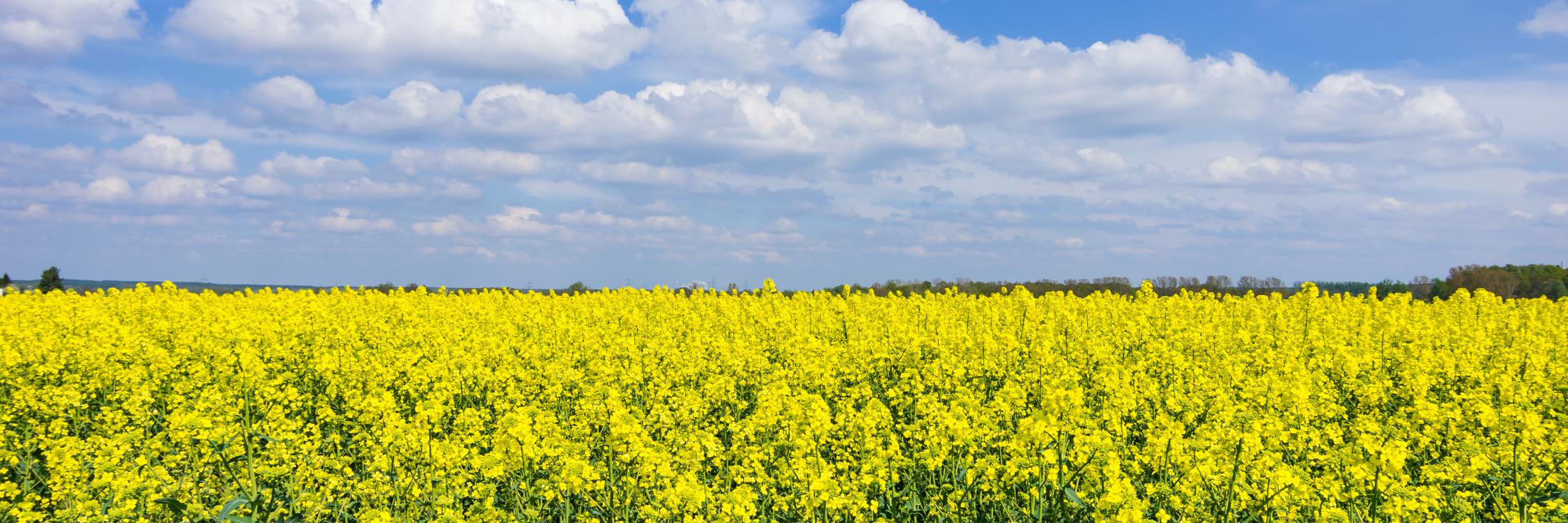
The role of potassium in plant physiology
Potassium is present in relatively large quantities in soils, ranging between 0.5 and 2.5%.
However, in most cases only a small fraction of it is available to plants. Potassium in the soil may be under different chemical forms. As a soluble cation K+, potassium is dissolved in the soil solution at concentrations that commonly rage between 1 and 10 ppm. In normal soils, the actual crop uptake of soil solution K+ will also be affected by the presence of Ca2+ and Mg2+.
The solution K+ may be also be fixed by expandable clay minerals and rendered unavailable, at least during a growing season. However, K+ fixed by expandable clays may become available over the years at a low rate of dissolution.
- Potassium (K) is an essential element for all living organisms. In the plant tissue, the content of K is higher than that of other cations. A salient feature of K is the high rate at which it is taken up by the plant. Though it is not a constituent of organic compounds, it is universally present in the plant and very mobile.
- Potassium is absorbed by roots and translocated inside the plant as the positive cation K+. It is characterized by a high mobility at all levels inside the plant, in individual cells, tissues, and in long distance transport via the xylem and phloem, although no structural role of potassium has been found.
- Control of plant water status is an important potassium function. It promotes water absorption by the roots, keeps osmotic tension and turgor in cells and plant tissues and regulates the activity of stomata cells to prevent unnecessary water loss by transpiration.
- Potassium also has a role in photosynthesis and in the production and translocation of carbohydrate t areas of meristematic growth, fruit development and storage. The carbohydrate production and transport function are very important in vegetables and fruit production as it directly affects sugar and starch accumulation.
Early stages of potassium deficiency are reflected only in yield decreases. This stage of potassium deficiency is called "hidden hunger" as no specific symptoms appear in the plant. As the intensity of the deficiency increases, symptoms do appear, consisting of yellowing and eventual necrosis of the border in older leaves, beginning from the tip and progressing backward over the leaf.
Because it is a mobile element, when potassium deficiency occurs, the element is transferred from old leaves to the young growing points. A slowdown of the growth rate is also present at this level of potassium deficiency. The main internal consequences of potassium deficiency are a general reduction of the strength of plant structures, loss of vigour, slowdown of carbohydrate transport, reduced resistance to low water availability and to fungal diseases.
The physiological functions of potassium are of great practical significance in agriculture and horticulture and the use of sulfate of potash can help improve both crop yield and quality.
Do you want to know all about the use of sulfate of potassium (SOP) in agriculture? Download your copy of the book Sulfate of Potash.